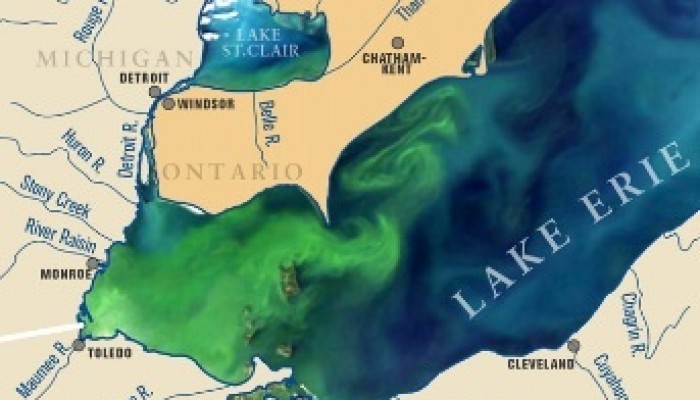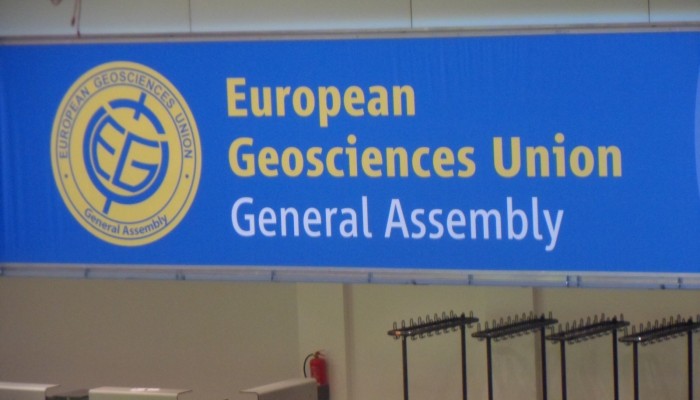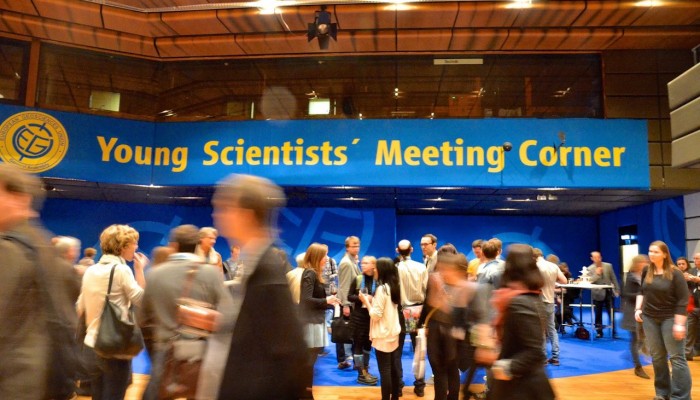My PhD defence is this week (Wednesday) at 2:30pm ET. I am feeling pretty good about the whole thing but at the same time nervous. I just don’t know exactly what to expect. I have a sort of idea of what the questions might cover and where my assumptions or conclusions might be challenged. However, the uncertainty of all this is what is making me nervous. I have gotten lots of good advice fro ...[Read More]
GeoLog
Imaggeo on Mondays: Drilling a landslide
That landslides are hazardous goes without saying; the risk posed by them will largely depend on where they occur and their exact characteristics, which makes understanding the mechanisms which trigger them, as well as predicting when they might happen, extremely difficult. Today’s Imaggeo on Mondays image, brought to you by Ekrem Canli, a PhD student at the University of Vienna, is an example of ...[Read More]
Geology Jenga
Yet another way we are altering Earth’s natural functioning
So it has been a while since I last blogged, attributed to various excuses – fieldwork, moving job, moving house – but moving forwards I intend to spend more time discussing the myriad aspects of geoscience I find fascinating. One good example is a recent paper from Janice Brahney (University of British Columbia) and colleagues in Global Biogeochemical Cycles entitled ‘Is atmospheric p ...[Read More]
GeoLog
GeoPolicy: EGU sciences on debate at the European Parliament
The adoption of legislation within the European Union (EU) is a complex process involving many steps. In my first blog post in this GeoPolicy series I highlighted an example of this process. Several draft legislation pieces are currently being assessed within the European Parliament (EP) and Council of Ministers (Council) that have been influenced by EGU-related science. This blog post summarises ...[Read More]
Cryospheric Sciences
Sunshine, ice cores, buckets and ALE: Antarctic Fieldwork
My Antarctic adventure started from Punta Arenas at the bottom of Chile, opposite Tierra del Fuego, on New Years Eve 2014 after a long journey from Heathrow via São Paulo and Santiago. Punta Arenas Punta Arenas is where Shackleton organised the rescue of his men from Elephant Island after his voyage to South Georgia in the James Caird. It is also where I met my PhD supervisors Chris Fogwill and Ch ...[Read More]
GeoLog
EGU2016: Applying for financial support to attend the General Assembly
The EGU is committed to promoting the participation of both early career scientists and established researchers from low and middle income countries who wish to present their work at the EGU General Assembly. In order to encourage participation of scientists from both these groups, a limited amount of the overall budget of the EGU General Assembly is reserved to provide financial support to those ...[Read More]
Geology for Global Development
#EGU16 – Sessions of Interest
The EGU General Assembly 2016 takes place in Vienna between the 17-22 April 2016. Abstract submission is now open for their fantastic range of sessions, with support applications open until 1st December 2015. These offer financial support to early-career scientists and established scientists from low, lower-middle and upper-middle income countries. We’ve noted some sessions of immediate rele ...[Read More]
GeoLog
What is in your field rucksack? Take a peek in Zoe Mildon’s bag
Inspired by a post on Lifehacker on what your average geologist carries in their rucksack/backpack, we’ve put together a few blog posts showcasing what a range of our EGU members carry in their bags whilst in the field! Of course, fieldwork in Northern Europe vs. research in Australia is very different, think only of the weather! The same is true if you’ve been embarked on research in the Ar ...[Read More]
Energy, Resources and the Environment
Call for abstracts EGU 2016!
The call for abstracts is now out for EGU 2016! Have a look at our exciting proposed programme in the ERE Division under the topics: ERE1 – Integrated studies ERE2 – Impact of energy and resource exploitation on the environment ERE3 – Non-carbon based energy ERE4 – Carbon based energy ERE5 – Geo-storage for a sustainable future ERE6 – Geo-materials from natural resources The abstract deadline is 1 ...[Read More]
GeoLog
Imaggeo on Mondays: Icy seasmoke
Today’s Imaggeo on Mondays image captures the eerie mood at Halifax Harbour, in Nova Scotia, Canada, on a sunny early morning. “The photograph captures rather unusual seasmoke surrounding a local commuter ferry with a number of other naval vessels in the background”, explains Helmuth Thomas, Professor at Dalhousie University (Canada) who took the snap back in February this year. Seasmoke is rather ...[Read More]










